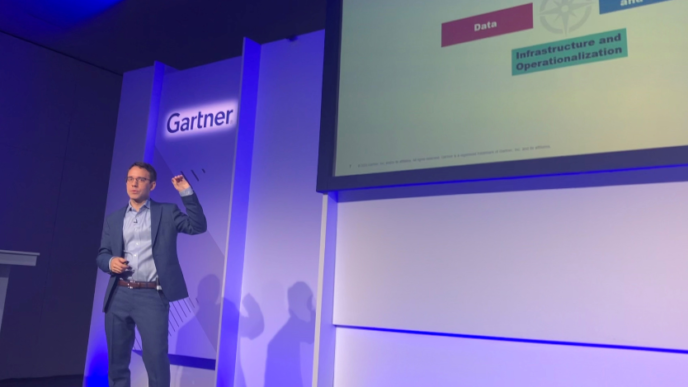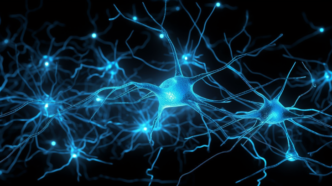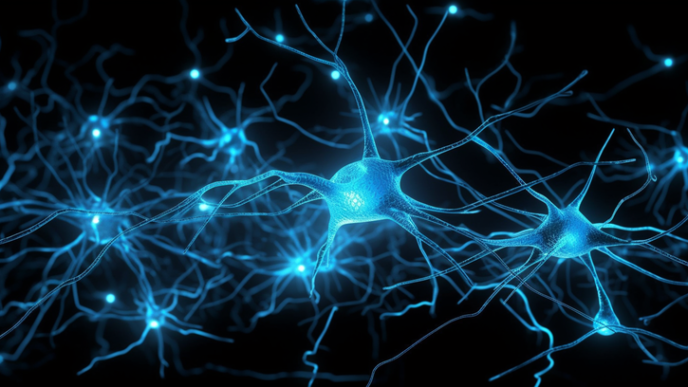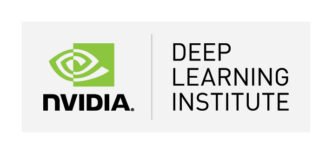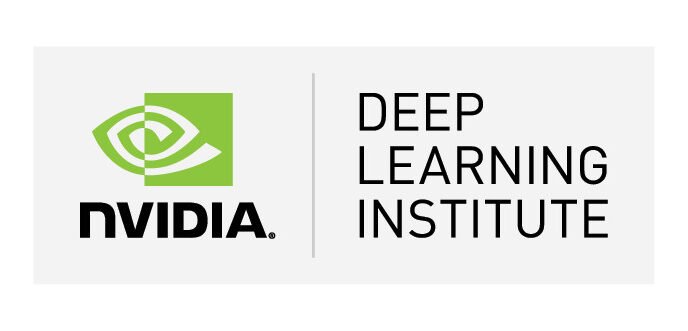As we enter 2024, the field of Natural Language Processing (NLP) has transformed how machines understand and interact with human language. From voice assistants like Siri and Alexa to language translation services like Google Translate, NLP plays an essential role in many of the technologies we use daily. But what exactly is NLP, and how does it work? Whether you’re new to the field or a seasoned professional looking to understand the latest developments, this blog provides a comprehensive introduction to NLP in 2024.
1. What is NLP?
At its core, Natural Language Processing (NLP) is a branch of artificial intelligence (AI) that enables machines to understand, interpret, and generate human language. By combining computer science, AI, and linguistics, NLP allows machines to process natural language—whether it’s text or spoken word—in a way that mimics human understanding.
NLP bridges the gap between computers and humans by allowing machines to handle language in all its complexity—grammar, semantics, context, and even emotions. In 2024, NLP has evolved to the point where it can perform complex tasks like sentiment analysis, machine translation, speech recognition, and even conversational AI (e.g., chatbots).
Key Characteristics of NLP:
•Text and speech analysis: NLP can process both written text and spoken language.
•Context understanding: NLP algorithms can identify the context of a conversation or sentence, helping machines better interpret meaning.
•Learning from data: NLP systems improve their understanding by analyzing vast amounts of language data, which helps them get better at tasks like translation and summarization.
2. How Does NLP Work?

To understand how NLP works, it’s important to know that it relies on a combination of rule-based approaches and machine learning models. Here’s a breakdown of some of the main components:
a. Tokenization
The first step in NLP is often tokenization, which breaks down text into smaller units, usually words or sentences. For example, the sentence “The sky is blue” would be tokenized into [“The”, “sky”, “is”, “blue”]. Tokenization allows the NLP system to process language at the word or sentence level.
b. Syntax and Parsing
Once tokenized, NLP systems analyze the syntax of the sentence—how words are arranged and how they relate to one another. Parsing breaks sentences down into their grammatical components, like subjects, verbs, and objects. This helps the system understand the structure of language.
c. Semantics
While syntax focuses on structure, semantics deals with meaning. NLP models interpret the meaning of words, phrases, and sentences based on their context. For instance, the word “bank” can mean a financial institution or the edge of a river. NLP uses context to determine which definition is appropriate.
d. Named Entity Recognition (NER)
NER is a technique that identifies specific information in text, such as names of people, places, dates, and organizations. For example, in the sentence “Barack Obama was the president of the United States,” NER would recognize “Barack Obama” as a person and “United States” as a location.
e. Sentiment Analysis
Sentiment analysis determines the emotional tone behind a body of text, identifying whether the sentiment is positive, negative, or neutral. For example, a review saying, “The movie was fantastic!” would be flagged as positive sentiment.
f. Machine Learning and Deep Learning
In recent years, NLP has increasingly relied on machine learning (ML) and deep learning techniques. These models learn from large datasets, improving their language understanding over time. Neural networks, especially transformers like GPT-4, are commonly used for tasks such as language translation, text generation, and summarization.
3. Modern NLP in 2024: Key Technologies
In 2024, several advanced technologies and architectures are driving the evolution of NLP:
a. Transformer Models
The most significant leap in NLP in the last few years has been the development of transformer models. These models, such as GPT-3 and GPT-4 (Generative Pre-trained Transformer), use deep learning techniques to process vast amounts of text data. Transformer models excel at understanding and generating natural language, which allows them to perform tasks like answering questions, translating languages, and summarizing text.
Transformers are based on a mechanism called attention, which helps the model focus on the most relevant parts of a sentence when making predictions. This ability to “pay attention” to context is one of the reasons transformers are so powerful.
b. Large Language Models (LLMs)

In 2024, large language models (LLMs) like GPT-4 and BERT (Bidirectional Encoder Representations from Transformers) dominate the NLP landscape. These models are trained on massive datasets, making them incredibly good at tasks like text generation, summarization, and sentiment analysis.
One notable characteristic of LLMs is their ability to perform tasks without extensive task-specific training, which is known as few-shot or zero-shot learning. This means that the models can often perform well with just a few examples or even without being explicitly trained on a specific task.
c. NLP and Multimodal AI
In 2024, NLP is increasingly being integrated with other forms of AI, such as computer vision and speech recognition, in what’s called multimodal AI. This means that systems can process multiple types of input—such as text, images, and sound—at the same time. For instance, an AI assistant might interpret a spoken command and also analyze visual data from a camera.
d. Multilingual NLP
One of the key advancements in NLP is its ability to handle multiple languages efficiently. Multilingual NLP models can now understand and generate text across many languages, reducing the need for separate models for each language. This has improved machine translation services like Google Translate, making translations more accurate and contextually relevant.
4. Applications of NLP in 2024
NLP is behind some of the most revolutionary technologies of our time. Here are some key applications of NLP in 2024:
a. Conversational AI and Virtual Assistants
Virtual assistants like Siri, Alexa, and Google Assistant rely heavily on NLP to understand and respond to voice commands. These systems have become more sophisticated in 2024, capable of handling complex conversations, answering detailed questions, and even performing tasks like booking appointments or controlling smart home devices.
b. Machine Translation
Machine translation, powered by NLP, has come a long way. Services like Google Translate and Microsoft Translator can now provide more accurate translations, thanks to transformer models that better understand the nuances of different languages. Multilingual NLP models also allow for more efficient translation across multiple languages.
c. Text Summarization
NLP is used to automatically summarize long texts, making it easier to extract the most important information. This is particularly useful in news aggregation, legal document processing, and research, where large amounts of text need to be condensed into key points.
d. Sentiment Analysis for Business
Businesses use sentiment analysis to gauge customer feedback from social media, reviews, and surveys. NLP systems analyze the tone of this feedback, helping companies understand customer satisfaction, product perception, and market trends.
e. Healthcare and Clinical NLP
NLP is transforming the healthcare sector by analyzing medical records, processing clinical notes, and extracting insights from unstructured data. For instance, NLP systems can read through patient records to identify health trends, assist in diagnosis, and even predict potential complications.
f. Content Creation
NLP-powered language models are being used to create content automatically. Whether it’s generating news articles, writing code, or creating creative stories, NLP is helping to produce human-like text. Some platforms use NLP to create personalized marketing emails or product descriptions, automating content creation for businesses.
5. The Future of NLP: Trends to Watch in 2024 and Beyond
As we move forward, several exciting trends are shaping the future of NLP:
a. Explainable NLP
As NLP becomes more sophisticated, there’s a growing demand for explainable NLP—systems that can explain their decisions and predictions in a way humans can understand. This is especially important in industries like healthcare and finance, where the decisions made by AI systems must be transparent and accountable.
b. Personalized NLP
Future NLP models will become more personalized, learning from individual user preferences to tailor responses. This could mean virtual assistants that not only understand your requests but also know your habits, preferences, and communication style.
c. Ethical and Bias-Free NLP
In 2024, there is increasing awareness of the ethical challenges associated with NLP, such as biased algorithms that reinforce stereotypes. Future research in NLP aims to create models that are more ethical and bias-free, ensuring that AI systems treat all users fairly.
d. Real-time NLP
Real-time applications of NLP are becoming more common. For example, real-time transcription services, such as closed captioning for live events, are improving rapidly. NLP systems can now process and generate language in real-time, making them suitable for live customer support and interactive experiences.
6. Challenges of NLP in 2024
Despite its advances, NLP still faces several challenges:
a. Ambiguity in Language
Human language is often ambiguous. Words and phrases can have multiple meanings depending on the context. NLP systems need to account for this ambiguity, which remains a difficult task.
b. Data and Privacy Concerns
NLP models rely on vast amounts of data, raising concerns about user privacy and data security. As AI becomes more integrated into our daily lives, ensuring that personal data is protected is a significant challenge.





